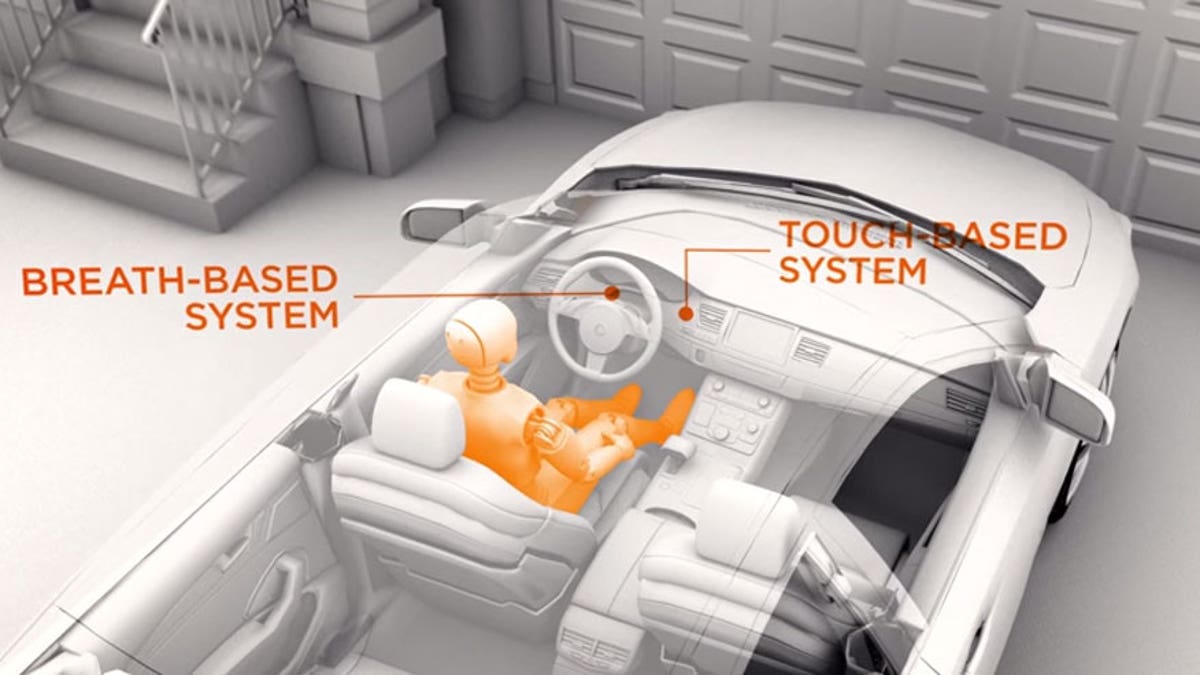
The National Highway Traffic Safety Administration and group of automakers and industry suppliers are trying to engineer drunk driving out of existence.
The coalition on Thursday updated the development of the Driver Alcohol Detection System for Safety (DADSS) it’s been working on since 2008. The goal is to create a passive, factory installed system that can determine if the person sitting in the driver’s seat is intoxicated without requiring them to breathe into an interlock device, like the ones mandated for DUI offenders in several states.
The project has focused on two technologies that are currently being refined to zero in on the driver and isolate them from any passengers that have consumed alcohol.
The first collects air and directs it to an infrared sensor or series of sensors located throughout the cabin that can analyze the ratio of carbon dioxide an alcohol. By positioning them in strategic locations researchers believe it could be designed to accurately isolate the driver’s breath from that of any passengers in the car.
A touch-based system is also being explored that would be embedded somewhere that the driver has to touch to operate the car, such as the start button or gearshift lever, which uses a beam of infrared light to conduct a tissue spectroscopy on the blood just below the surface of the skin, measuring its alcohol content by reading the reflected light.
If one, or possibly both of the technologies working in concert, determine that the driver is intoxicated, the vehicle won’t start. The group behind it is pitching it as an optional safety feature that would have a default setting of .08 blood alcohol concentration, but could be lowered to a zero tolerance level by the owner to monitor drivers under the legal drinking age. NHTSA and its industry partners are splitting the cost of the $10 million project, which is supported by Mother’s Against Drunk Driving.
The American Beverage Institute, a restaurant trade association, has been critical of the effort, which it says is truly aimed at mandating the technology in all cars, like airbags, citing previous statements made by members of the project to that effect. It argues, in part, that even if it were nearly perfect, thousands of cars could be disabled by false readings every day.
The principals behind the project hope to have it ready for production within five years.